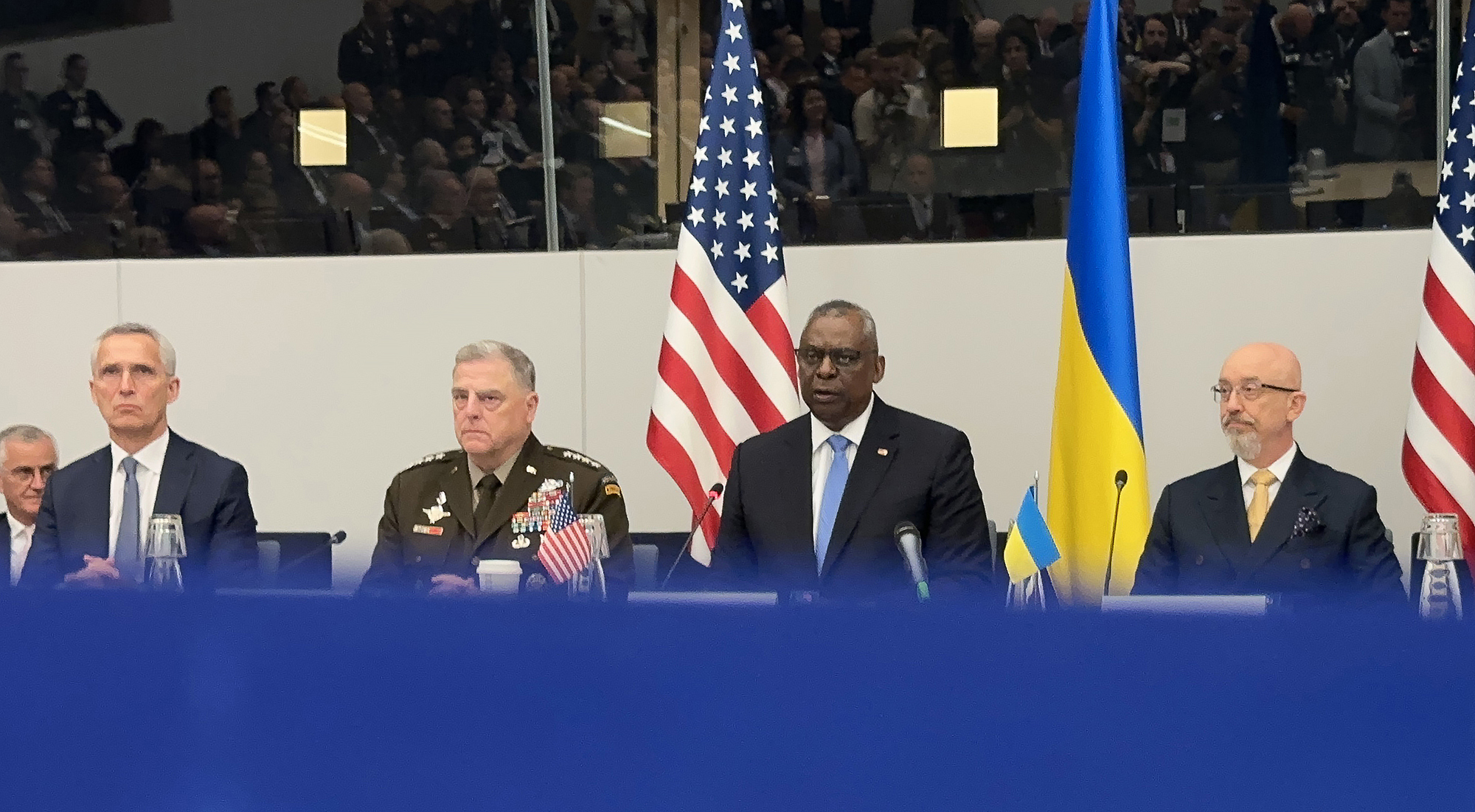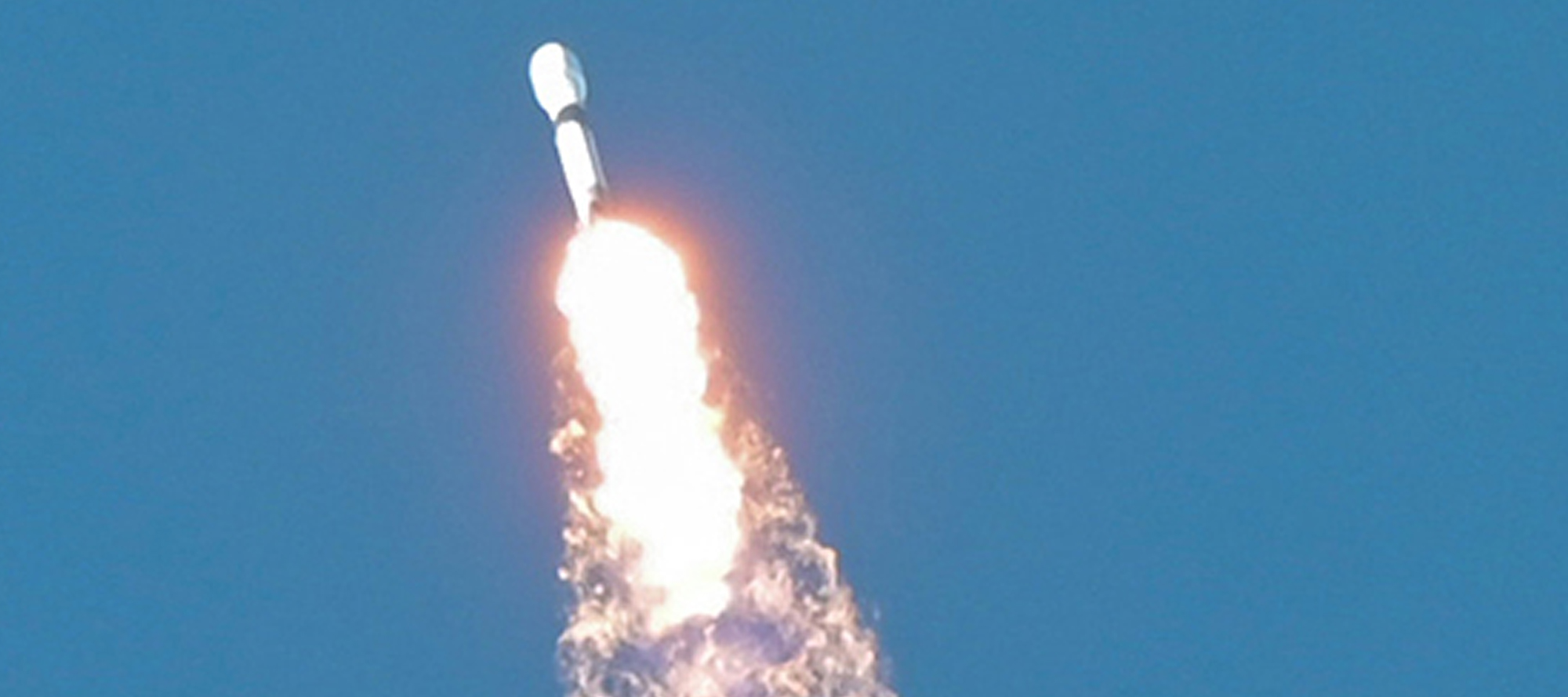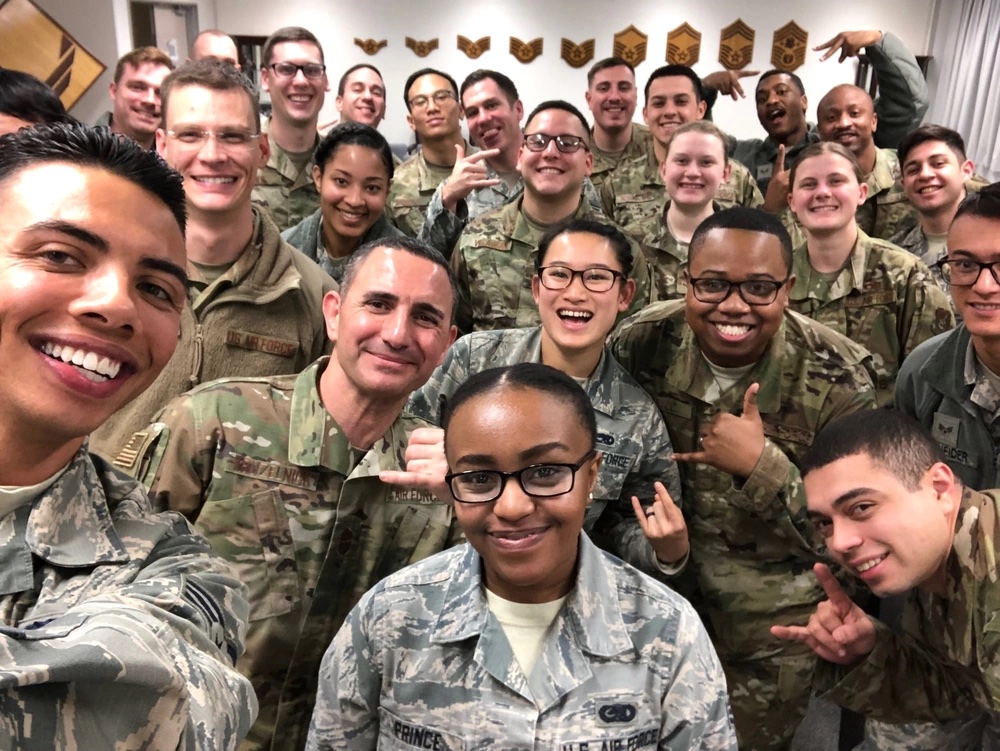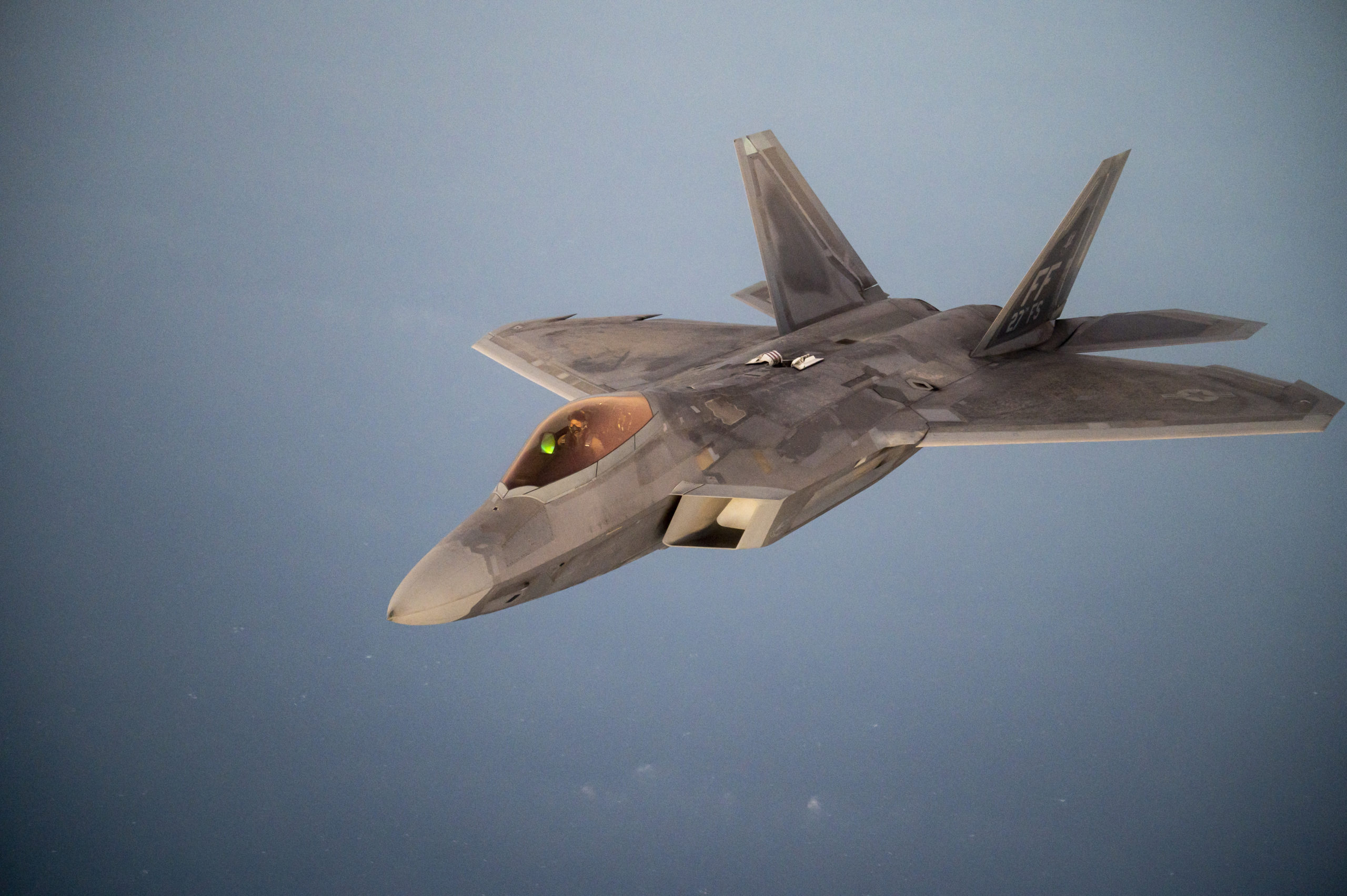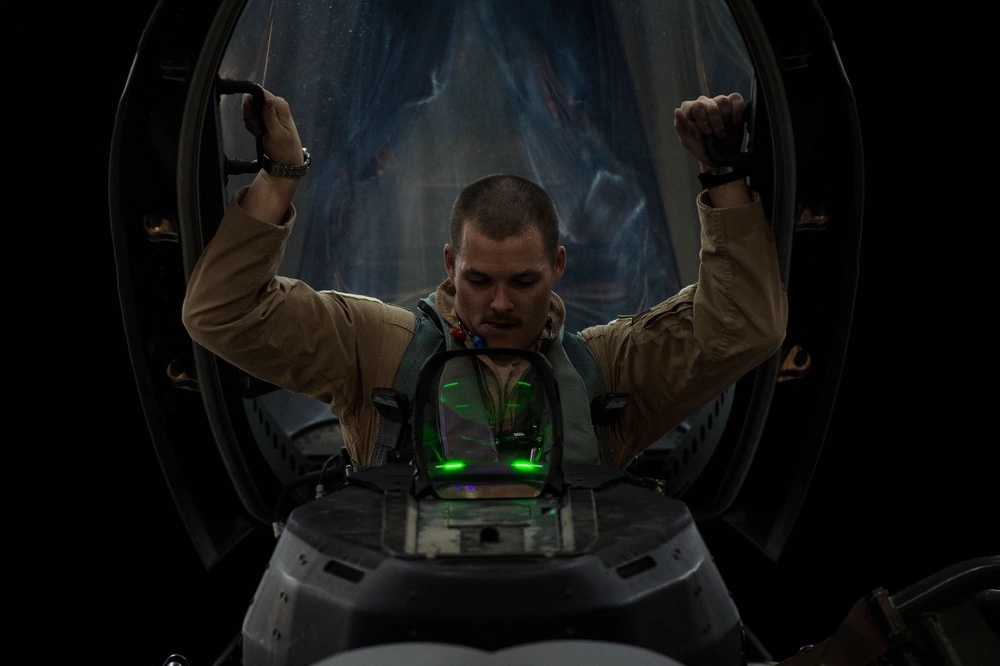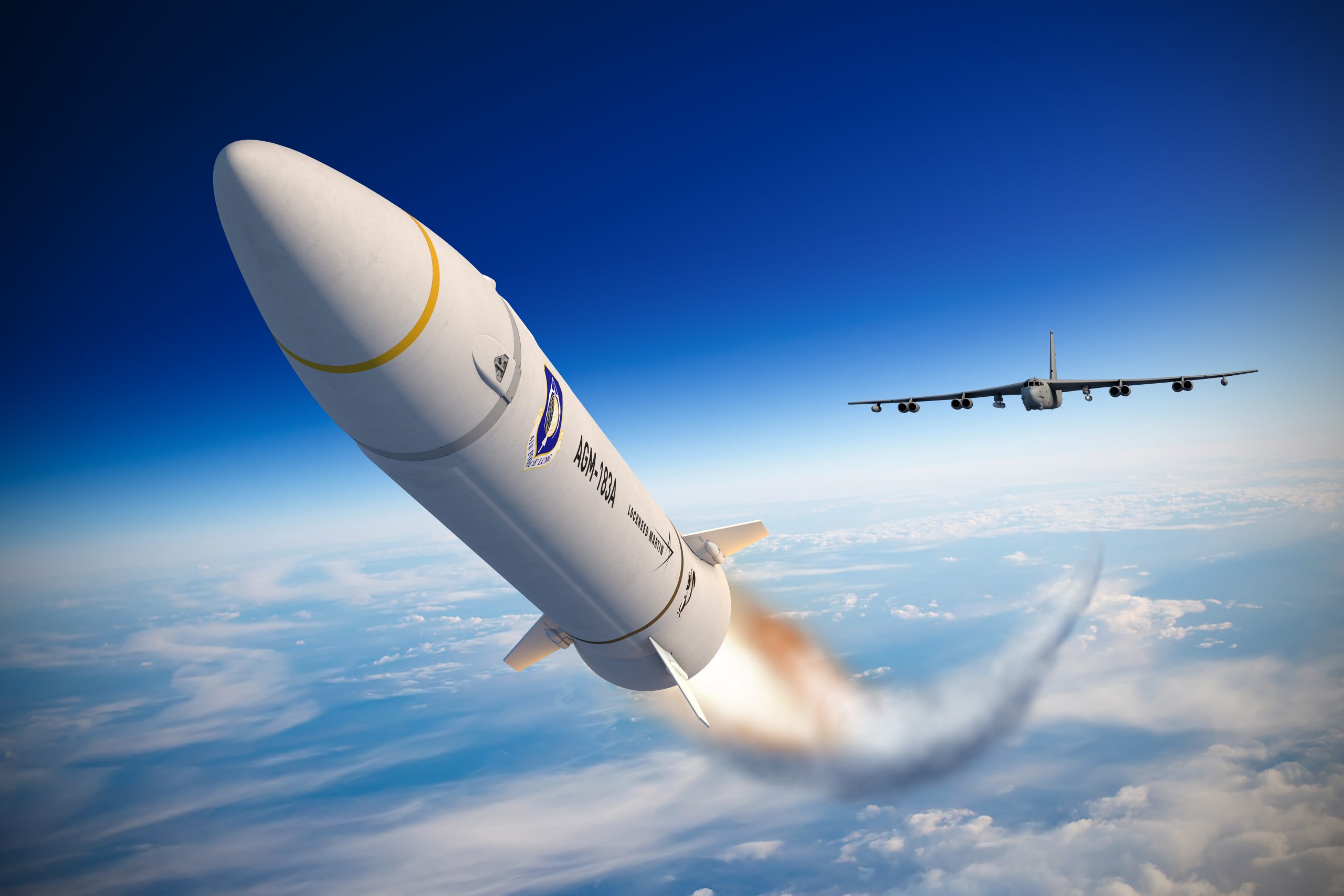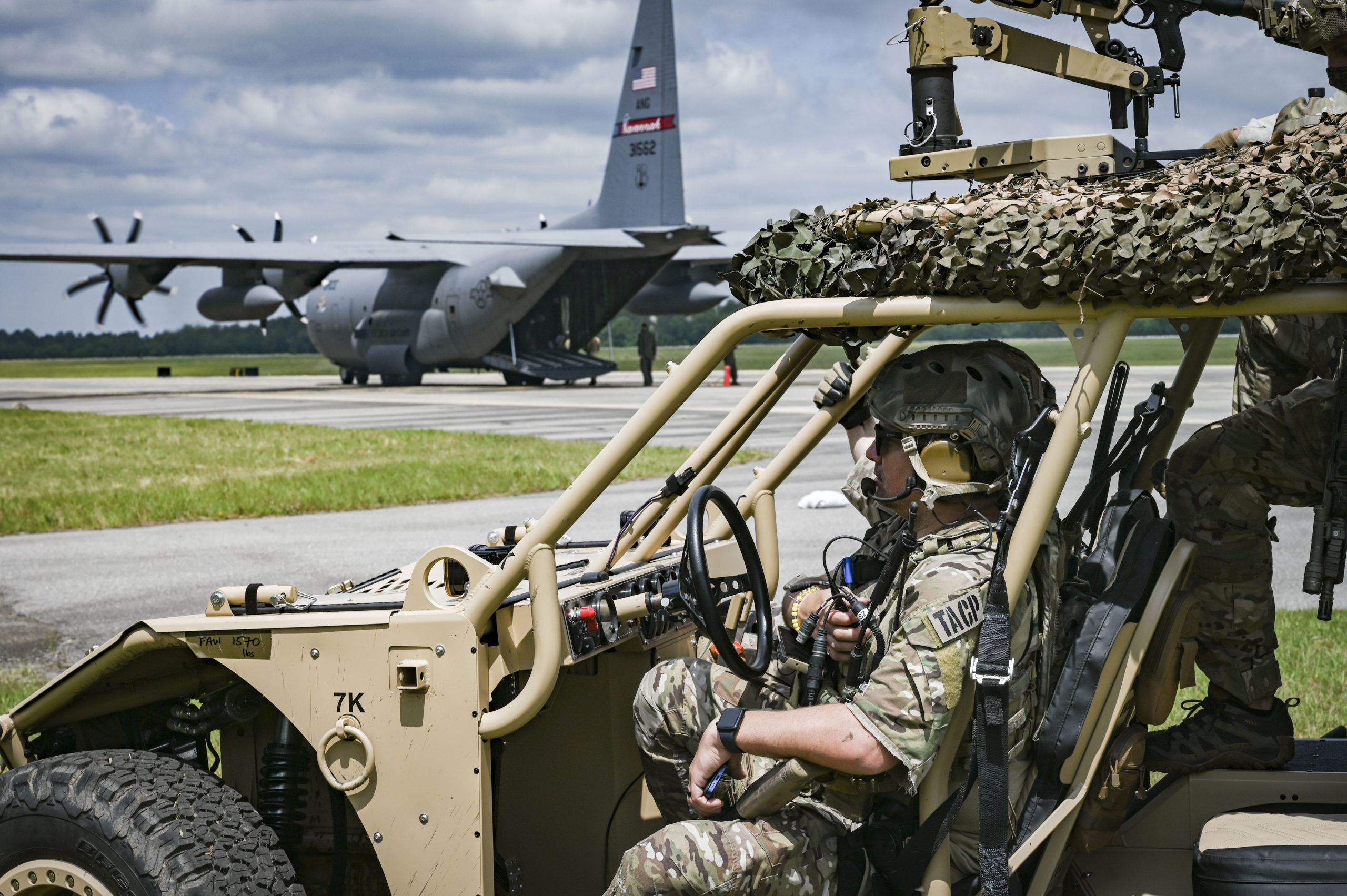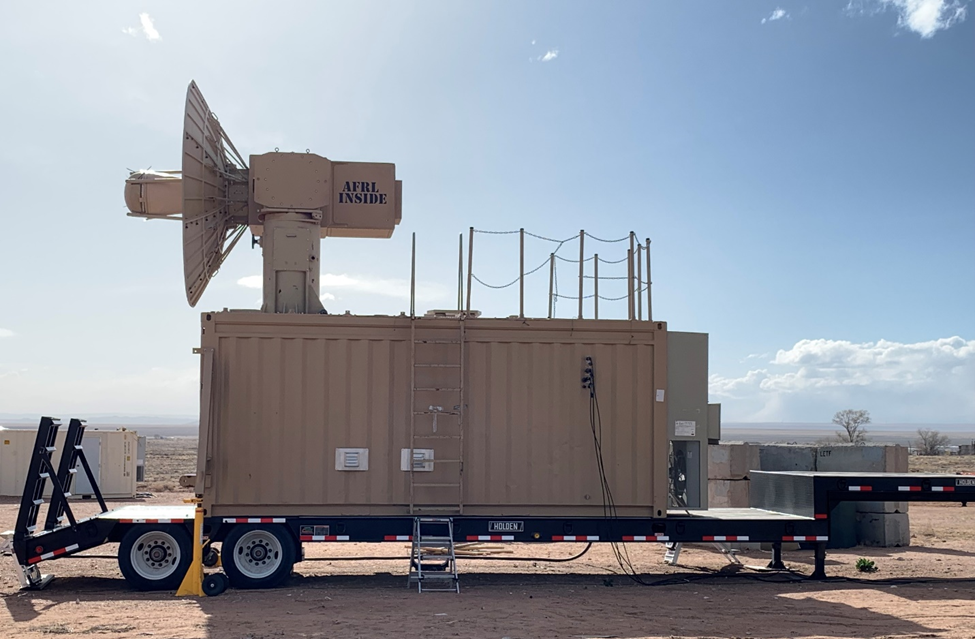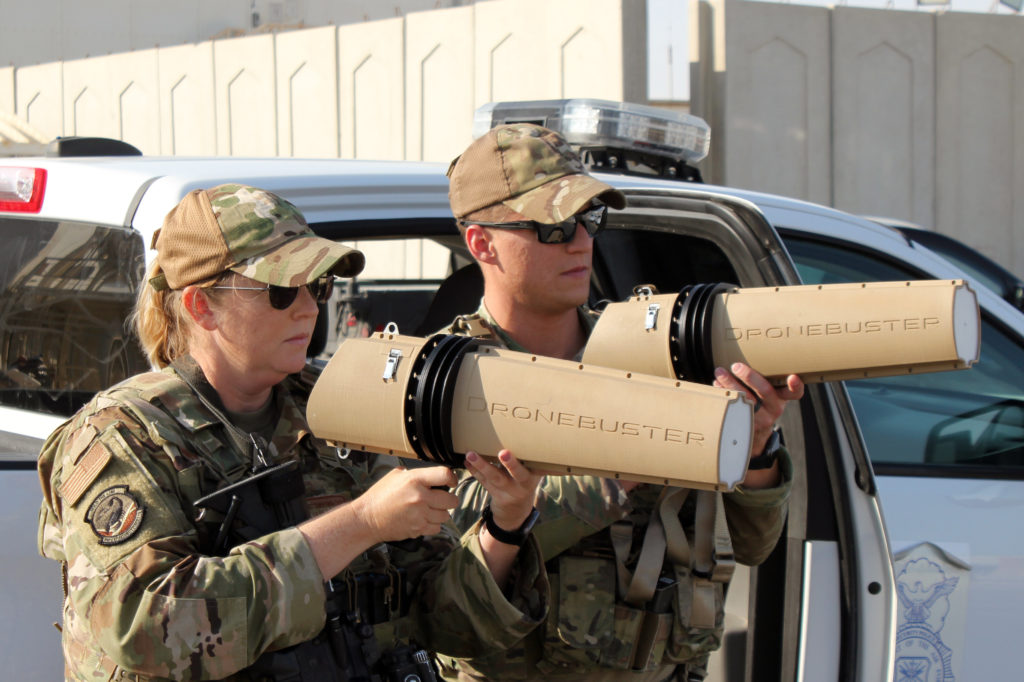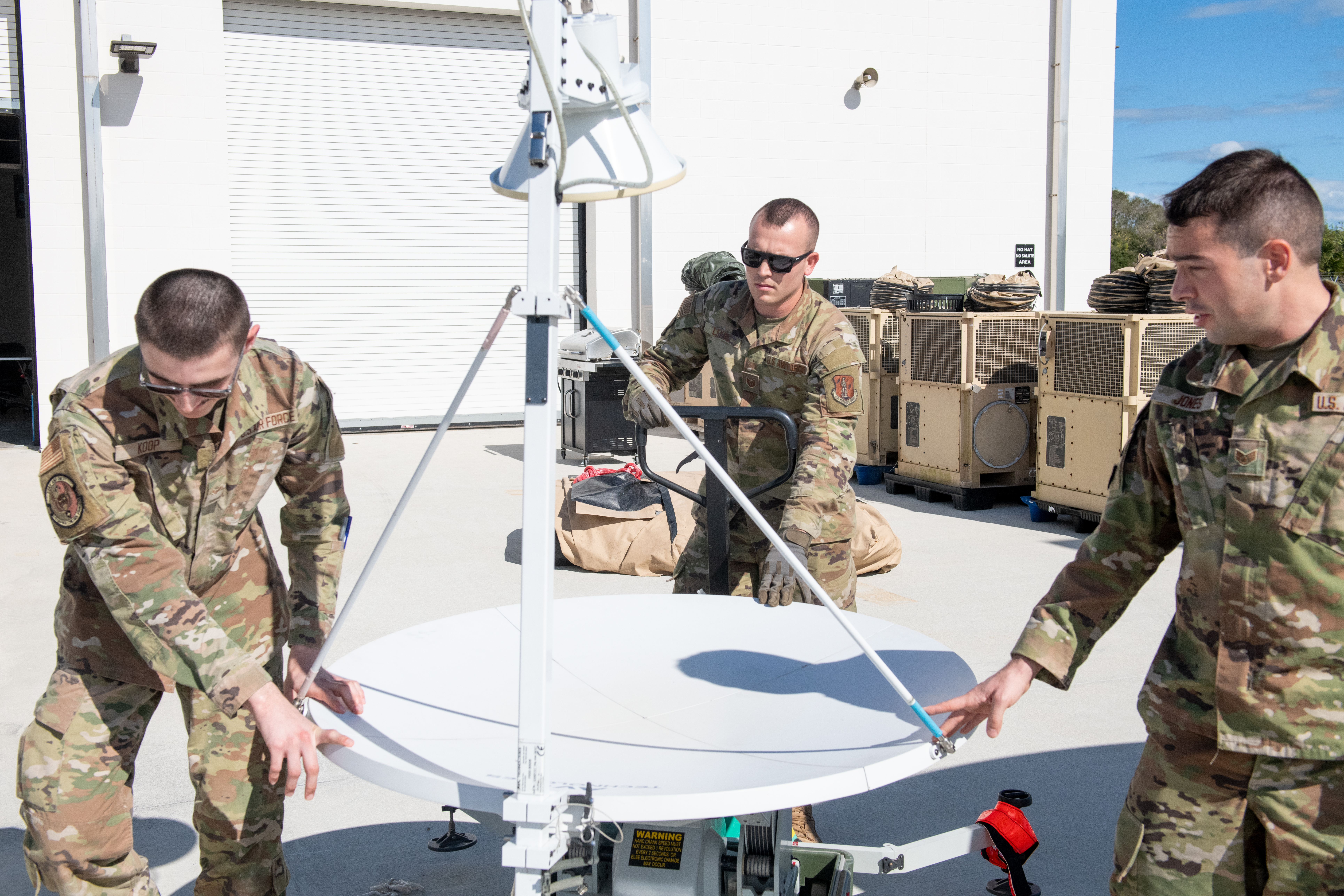BRUSSELS—Western defense chiefs provided the most detailed public outline yet of their plans to remake Ukraine’s air force with Western jets such as the F-16 on June 15.
“The Netherlands and Denmark are stepping up to lead this consortium, and they are outlining the plan for training,” Secretary of Defense Lloyd J. Austin III told reporters at NATO headquarters after a gathering of the Ukraine Defense Contact Group, a collection of roughly 50 nations supporting Kyiv.
Kajsa Ollongren, the Dutch Minister of Defense, explained portions of that plan to the media after Austin’s remarks.
“We want to kickstart it first as soon as possible, but then work towards a more sustainable solution,” Ollongren said. She added that the current plan is to train “the first batch of Ukrainian pilots relatively soon. Our ambition is really to start this summer.”
Long-term, according to Ollongren and a Dutch Ministry of Defense press release, the so-called fighter jet coalition is looking to set up a training center in “one of the eastern European countries.”
For months, the U.S. would not pledge its support for foreign delivery of American-made fighter jets, arguing they were too costly and complex of a platform. But last month, the Biden administration relented after pleas from Ukrainian officials and prodding from key allies.
European nations jumped into action.
“We’re really doing this step-by-step,” Ollongren said. “So the green light that we got about two weeks ago from Washington is about starting training Ukrainians on the F-16.”
Among others, Belgium, Luxembourg, and the United Kingdom—which has been forward-leaning in its aid and provided advanced weapons such as long-range cruise missiles to Ukraine—are taking part.
“We will see what who can bring to the table,” she added. “We have F-16s that we can make available. We even have two seaters [training variants] that we can make available. But we’re still in the planning phase to see if that is needed or not.”
Before Ukraine embarked on a recently-begun counteroffensive to regain territory, its troops were trained in Western-style combined arms operations. The talk at NATO headquarters over the past few days has had a strong focus on maintenance and sustainment, and away from “phases” of plugging various holes in Ukraine’s military and defense, though denying the skies to Russian aircraft, missiles, rockets, and drones remains the West’s top focus.
“We will stand by Ukraine as long as it takes,” Austin said.
Ukraine has exceeded Western expectations in its ability to use advanced weapons systems. It has intercepted what Russia bills as a hypersonic missile with one of the U.S.’s prized PATRIOT batteries. With the knowledge that the Ukrainian’s resolve to fight remains strong, Western officials acknowledge it will need to build a strong, Western-style military to fend off Russian aggression, even if a diplomatic solution can be reached. But the multirole F-16 will require Ukrainian pilots to rethink how they employ airpower with Western tactics.
For now, Ollongren cautioned that despite the rapid pace of the planning after Washington’s sign-off, “it starts with a limited number of Ukrainian fighters, which is normal because you have to begin with the ones that are English-speaking, excellent flyers, etc. That’s the ones you want to get in first. And then later on, we will build upon that.”
U.S. officials indicated the decision to sign off on F-16s was not due to sea change in expectations on how long providing the aircraft will take, and there is no direct commitment to provide American aircraft.
“This will take some time, but they’re really moving out in a very impressive way,” Austin said of the fighter coalition. ”Over the weeks and months, we’ve worked with Ukrainians. We’ve also changed in terms of the kinds of things that we’re providing them, and it’s been successful … can be seen in where the Ukrainians are today on the battlefield.”
